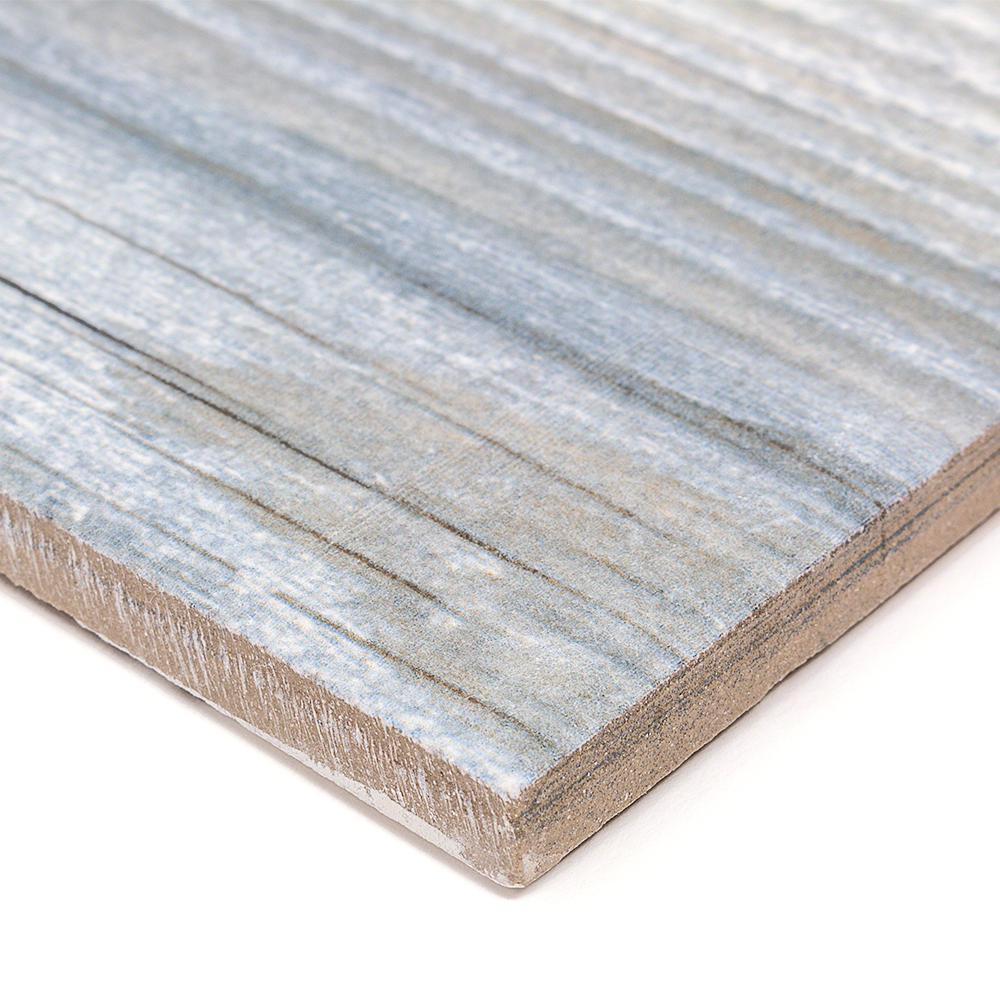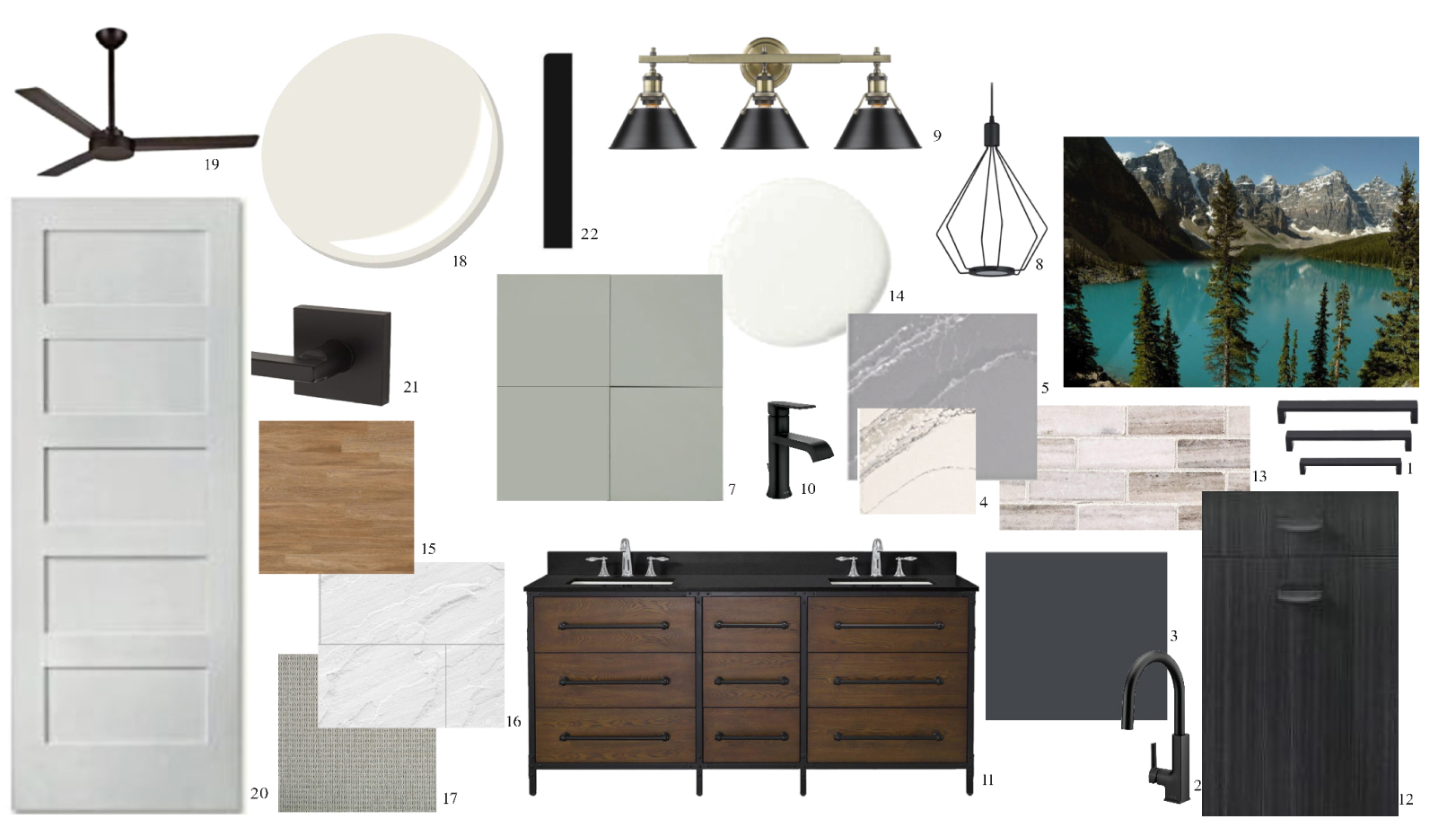
This sensation has not been consistent or predictable. I did seem to have a slight sensitivity on the top of my right foot near the toes. Being able to use both hands put me very much in control. I liked the way my foot slid easily into the boot. I also found that as I get older I am more comfortable if I don’t use the set of lugs closest to the top of the boot on above the ankle boots. I find this prevents any restriction of blood flow and this helps keep my feet warm especially in the winter. My preference for above the ankle boots is to have them on the loose side. I am pretty sure if I had snugged down on the laces there would have been more lace available to make the knot easily. When I tried lacing the boots with all the loops engaged there was barely enough lace to tie the boots. This is noticeably easier way to put on a pair of boots. One of the first things I did was to try them on using the loop on the tongue and the loop on the heel. Hi-Tec is using this technology in their footwear products. Ion-Mask was originally developed for the Military to repel chemicals off clothing. Ion-Mask is a surface enhancement technology that works at the molecular level binding invisibly to product surfaces allowing them to repel most liquids. Looking further on the Hi-Tec web site I was able to find more information about Ion-Mask and waterproof. Side view with product labels tongue loop with Logo view of toe end of Sierra Lite I WP view of heel end of Sierra Lite I WP Sierra Lite I WP innersoles view of Hi-Tec Sierra Lite I WP with extra laces bottom view of Sierra Lite I WP The ones on the boots are Black? and the extra laces are Orange. There was also an extra pair of shoelaces.

I have not seen this on any other boots I have had. There is also a similarly sized loop with the logo “HI-TEC” at the top of the tongue. Under the heel loop, the word V-Lite is stamped into the material. The heel of the boot has a fabric loop that is about ½ inch wide and large enough for my thumb. The toe and heel of the Sierra have rubber like material which have 3 slight indentations on the toe end and 7 small ridges on the heel. One is “OrthoLite comfort from the inside out”. The insert-able innersole has a few things printed on the insole. The single wide fabric loop is at the base of the laces, this is followed by 4 closed pairs of metal loops, then the nylon loop pair, and lastly near the top two pairs of open metal loops. The lacing is strung through a combination of closed metal lugs, open metal lugs, a single wide loop, and a pair of nylon loops. The outside of the boot says water proof and Ion-Mask. When I first looked at the Sierra, I was reminded of my first pair of sneakers which were above the ankle. The I WP probably stands for improved waterproof. These boots are not on their website yet and from what I read they will be introduced this spring. This boot is essentially a redesign of an older model called the Sierra Lite Hiker, but with newer materials and technologies. I received the Sierra Lite I WP boots from Hi-Tec for review purposes. In addition, the joint application of Otsu threshold and complex bypass directions allows us to improve the quality of hologram binarization by 15%.Review by Arnie P Hi-Tec Sierra Lite I WP boots

Twelve bypass directions of error diffusion were analyzed. Seven metrics were used as the error diffusion threshold. Direct applications of error diffusion with large weighting matrices and dot diffusion provide the highest reconstruction quality. The quality of the image reconstruction from the binarized holograms was compared. Thus, 30 error diffusion methods were used for optically recorded off-axis digital hologram binarization. In this paper, three group's weighting matrices of error diffusion are analyzed: 16 standard, eight dot and six diagonal matrices. Error diffusion is one of the most qualitative implementations of hologram binarization. Except for DMD applications, hologram binarization is useful for display creation, image encryption, information compression and storage, fast 3D printing, etc. The highest frame rates (tens of thousands of Hz) can be achieved if the displayed optical elements are binarized. A digital micromirror device (DMD) provides 2D- and 3D-scene reconstruction by displaying diffractive and holographic optical elements.


 0 kommentar(er)
0 kommentar(er)
